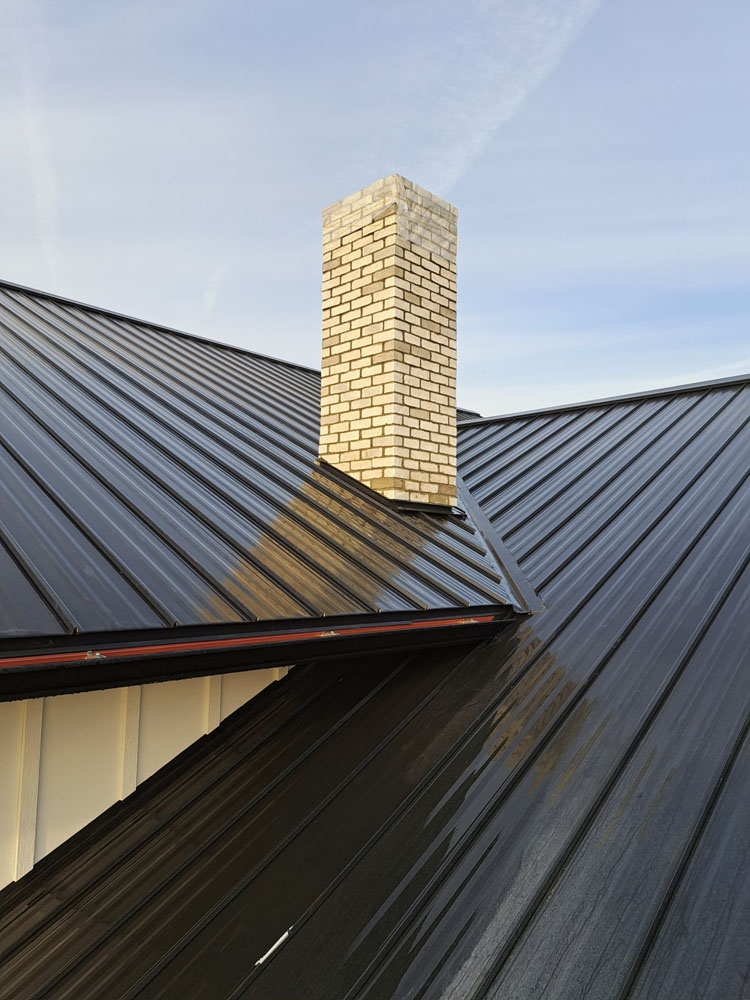Introduction
Ignoring a damaged chimney isn't just a minor oversight; it's a ticking time bomb that could lead to significant financial and safety risks. In this extensive article, we will delve deep into the implications of neglecting chimney repairs and the importance of masonry chimney repair. We’ll explore the various https://theindustry.blog/construction/masonry-chimney-repair-restore-safety-and-function-to-your-fireplace/ aspects of evaluating risk related to a damaged chimney, ensuring you understand both the immediate and long-term consequences of inaction.
Evaluating Risk: What Ignoring a Damaged Chimney Could Ultimately Cost You
Understanding Your Chimney's Role in Home Safety
The chimney plays a pivotal role in your home’s safety and efficiency. It acts as an exhaust system for smoke and gases produced by your fireplace or heating system. If compromised, it may lead to hazardous conditions such as carbon monoxide poisoning or even house fires.
How Does a Chimney Work?
A typical chimney operates by creating an upward draft that allows smoke and toxic gases to exit your home safely. However, if there are cracks, gaps, or blockages in your chimney structure, this process can be disrupted.
- Components of a Chimney: Flue: The inner duct that directs smoke outside. Chimney Cap: Prevents debris from entering. Crown: The top surface that protects against moisture infiltration.
Understanding how these components function is vital when assessing potential risks associated with a damaged chimney.
Signs of a Damaged Chimney
Recognizing the signs of chimney damage early can save homeowners from expensive repairs down the line. Here are common indicators:
- Cracks in the Brickwork: Visible fractures can compromise structural integrity. Water Stains on Walls or Ceilings: This can indicate leaks or blockages. Creosote Buildup: A black tar-like substance that can ignite if not addressed. Rusty Flue Liner: A sign that moisture has infiltrated and caused corrosion.
What Should You Do if You Spot These Signs?
As soon as you notice any of these issues, it's essential to consult with a professional for masonry chimney repair. Ignoring these signs could lead to more severe problems down the road.
The Financial Implications of Ignoring Repairs
Ignoring minor repairs might seem cost-effective at first glance; however, the reality is often quite different. Below are some potential costs associated with neglecting chimney maintenance:
| Type of Damage | Estimated Repair Cost | |-----------------|-----------------------| | Minor Cracks | $150 - $500 | | Major Structural Damage | $2,000 - $5,000 | | Fire Damage | $10,000+ |
The above table illustrates how quickly costs can escalate when repairs are deferred.
Legal Liabilities from Neglecting Your Chimney
Did you Masonry chimney repair know ignoring your damaged chimney could result in legal ramifications? If your neglected chimney causes property damage or personal injury, you might find yourself facing lawsuits or hefty fines.
What Are Some Common Legal Issues?
- Property Damage Claims: If your faulty chimney causes damage to another's property. Personal Injury Lawsuits: If someone is injured due to unsafe conditions resulting from neglect.
It’s prudent to address any issues promptly not only for safety but also for legal peace of mind.
Health Risks Associated with a Damaged Chimney
Beyond financial implications, there are substantial health risks linked to ignoring chimney damages. Let’s break them down:
Carbon Monoxide Poisoning
A blocked or cracked flue can prevent toxic gases from escaping properly, leading to carbon monoxide buildup inside your home—a colorless, odorless gas that can be lethal.
Symptoms of Carbon Monoxide Poisoning:
- Headaches Nausea Dizziness
If you experience these symptoms while using your fireplace or heating system, seek medical attention immediately!
Respiratory Issues from Creosote Exposure
Creosote buildup isn’t just unsightly; it's dangerous too! Exposure can lead to respiratory issues and other health complications over time.
Evaluating Risk: What Ignoring a Damaged Chimney Could Ultimately Cost You—A Deeper Dive into Repair Options
When it comes to addressing issues with your chimney, several repair options exist depending on the severity of damage:
Masonry Chimney Repair: Ideal for addressing cracks and structural issues. Chimney Relining: Necessary when flue liners become corroded. Chimney Cap Installation: Preventative measure against debris and moisture infiltration.Why Choose Professional Masonry Chimney Repair?
While DIY fixes might appear appealing for budget-conscious homeowners, they often lack effectiveness without expert knowledge. Professionals ensure that all repairs meet local building codes, thus safeguarding you against future issues.
FAQs About Damaged Chimneys
1. How do I know if my chimney needs repair?
Look for cracks in brickwork, water stains inside your home, or if smoke enters instead of exiting through the flue.
2. What's involved in masonry chimney repair?
Typically includes sealing cracks, replacing missing mortar joints (repointing), and possibly relining flues as needed.
3. Can I use my fireplace if my chimney is damaged?
No! Using a fireplace with a compromised chimney poses serious health risks like fire hazards and carbon monoxide poisoning.
4. How often should I have my chimney inspected?
At least once per year is recommended by most experts—ideally before winter usage begins!
5. What’s the cost range for basic repairs?

6. Are there preventative measures I can take?
Regular inspections and timely maintenance can help catch minor issues before they escalate into major problems!
Conclusion
In conclusion, evaluating risk concerning your damaged chimney should not be taken lightly. The costs associated with ignoring necessary masonry chimney repair extend beyond mere financial expenses—they encompass legal repercussions and potential health hazards too! By keeping an eye out for warning signs and acting promptly upon detection, you safeguard not only your finances but also the health of those within your home.
Ultimately, investing in professional inspection will pay dividends by mitigating risk effectively while ensuring peace of mind regarding one of the most crucial components of home safety: your chimney! Don't wait until it’s too late; act now before ignoring these warning signs leads to dire consequences!
By keeping this guide handy and referring back whenever needed—whether you're considering buying a new home or maintaining an existing one—you'll be well-equipped to make informed decisions about evaluating risk as it pertains specifically to chimneys!